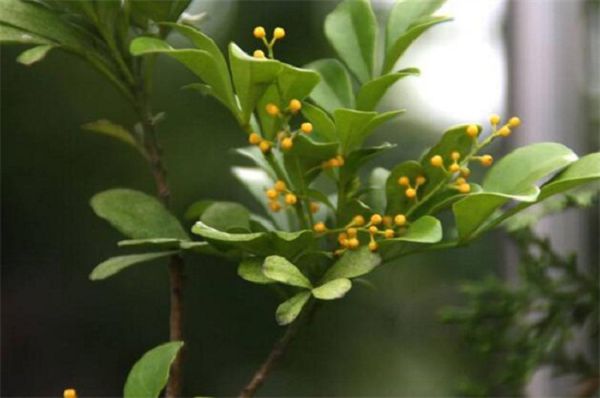What kind of soil is good for growing orchids?

Orchid belongs to fleshy root plant, which requires loose and fertile soil, good drainage and acidity, and is often used in mountain mud. However, when planting in the basin, the gasket should be more and thicker at the bottom of the basin. The gasket should be covered with a layer of crushed mud, and then covered with fine mud before the orchid can be placed in the basin and then added to the mountain mud. Such planting method, mainly based on orchid weariness, avoid stagnant water habits, so that its drainage is smooth. When using mountain mud, if we add 1 Accord 3 coarse-grained river sand, it will be more conducive to drainage and more in line with the growth habits of orchids.
The soil used for orchid cultivation in the north is better than the neutral and acidic soil which contains a lot of humus, loose and well drained. Many garden units in the north collect and cultivate valuable varieties of mountain mud from Shaoxing and other places in Zhejiang Province. although it is beneficial to the growth of orchids, the water quality in the north is hard, so it will be replaced once every two or three years, and the price is higher for long-distance transportation. In recent years, the local peat soil with 30% plus 10% river sand and some organic fertilizer (which needs to be composted for a period of time) has been used as potted orchid soil for better growth. The rotten leaf soil under the broad-leaved forest in the northern mountainous area, the rotten leaf soil made of fallen leaves of broad-leaved trees and the culture soil containing 60% humus can be used to cultivate orchids.
The epiphytic orchids cultivated in the north are Dendrobium, Hutou orchid, Duzhouchun, etc., but the potted plants cannot use soil. The commonly used cultivation materials are peat moss, fern root (water keel root or purple dustpan root) with a small amount of rotten leaves of broad-leaved trees, small pieces of charcoal and dried cow dung. In addition, broken pots and broken bricks can also be used to pad the bottom of the pot.
Related
- Is the orchid suitable for indoor use? Is it good for the body?
- How to prevent the empty root of orchids?
- What to do after the crab claw orchid is withered?
- Why are the leaves of orchids always yellow? Fertilizing and watering.
- Can the root of the gentleman orchid be saved if it is rotten?
- Diagnosis and treatment of cotton-blowing beetle insects in Cymbidium
- There is a way for a gentleman's orchid to rot.
- What is the most suitable temperature and humidity for the orchid?
- How to raise a gentleman's orchid? Cultivation techniques of Cymbidium
- How to prepare the nutritive soil for the cultivation of Cymbidium



